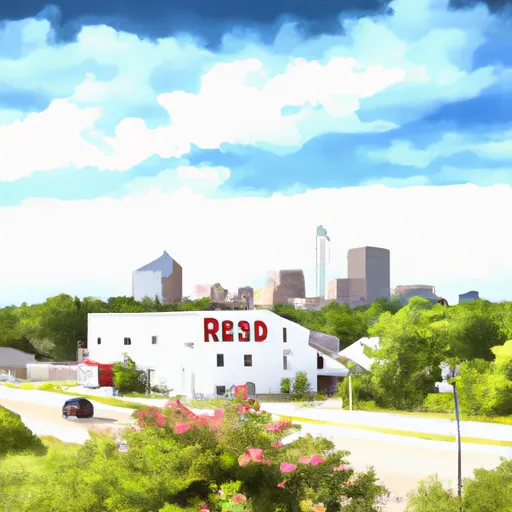°F
°F
mph
Windspeed
%
Humidity











Wild-Rose, Wisconsin, is a quaint and picturesque small town located in Waushara County. The climate in this region is characterized by warm summers and cold winters. Summers are pleasant, with average temperatures ranging from the mid-70s to low 80s Fahrenheit, while winters are cold, with temperatures often dropping below freezing. The area experiences moderate rainfall throughout the year, providing essential water resources for hydrology constituents.
Wild-Rose is blessed with several natural water bodies, including lakes and rivers. Pleasant Lake and Pine River are two prominent water features, offering opportunities for boating, fishing, and other water-based activities. The surrounding forests and scenic landscapes provide ample opportunities for hiking, camping, and wildlife observation. Outdoor enthusiasts can explore the area's numerous trails, such as the Ice Age National Scenic Trail and the Redgranite Quarry Park Trail.
In conclusion, Wild-Rose, Wisconsin, offers a favorable climate with distinct seasons, abundant water resources, and a variety of outdoor recreation opportunities. Whether it's fishing on the lakes, hiking through the forests, or exploring the trails, visitors and residents alike can enjoy the beauty and tranquility of this charming town.
Weather Forecast
Wild-Rose receives approximately 816mm of rain per year, with humidity levels near 82% and air temperatures averaging around 8°C. Wild-Rose has a plant hardyness factor of 5, meaning plants and agriculture in this region thrive during a short period during spring and early summer. Most plants will die off during the colder winter months.
Regional Streamflow Levels
101
Cubic Feet Per Second
4,700
Cubic Feet Per Second
23
Cubic Feet Per Second
392
Cubic Feet Per Second
Nearby Camping
| Camping Area | Reservations | Toilets | Showers |
|---|---|---|---|
| Janice Rec.Area | |||
| Flint Creek Waterpark | |||
| Buccaneer State Park | |||
| Cypress Creek Landing | |||
| Lake Walker Military - Camp Shelby | |||
| Big Biloxi Rec Area |



